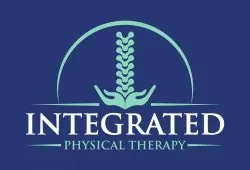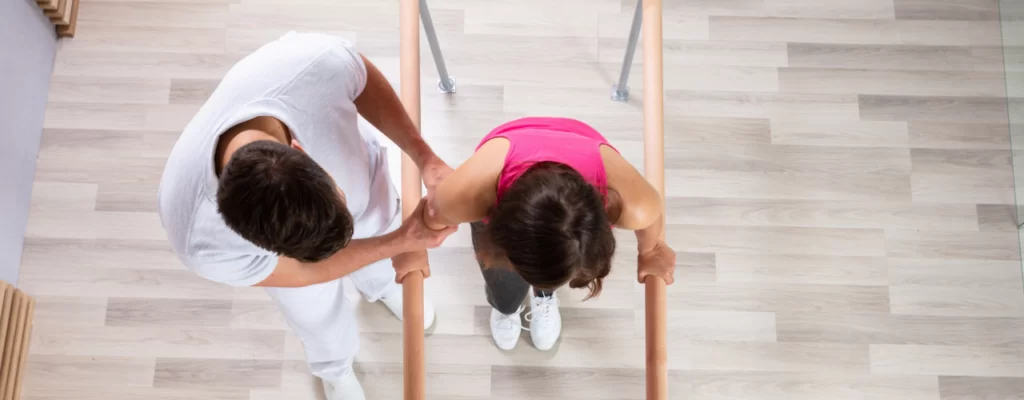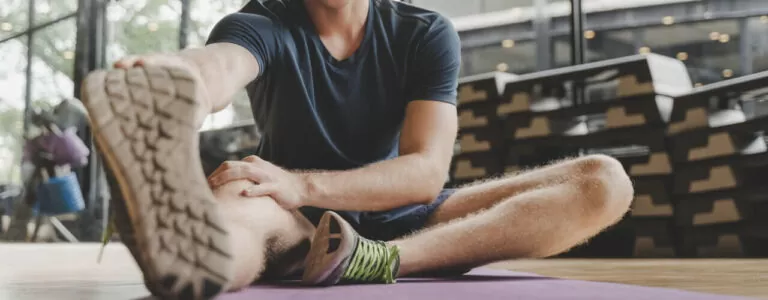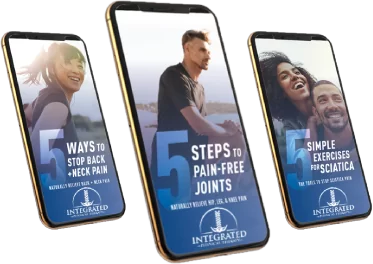As the cartilage in one’s joints begins to break down with age, the risk of experiencing chronic hip or knee discomfort rises. Anyone can acquire hip or knee discomfort as a result of excessive overuse, unanticipated traumas, or underlying disorders.
While surgery may be required to repair specific disorders of the hip or knee, physical therapy has been shown to be effective in reducing discomfort and increasing function. In many circumstances, physical therapy can completely obviate the need for surgery.
Your hips and knees are essential joints that work hard all day to give you the best possible function. They are common sources of pain and discomfort due to their complexity and constant use.
If you are suffering from hip or knee discomfort and are looking for a solution, visit Integrated Physical Therapy today to learn more about how our services may help you!
Common causes of hip and knee pain
When you schedule an appointment with a physical therapist, the first thing you can expect is a thorough evaluation. Your physical therapist will examine you to figure out where the painful area is, as well as where the pain is stemming from.
For example, discomfort in the hips can occasionally be felt in the lower back, buttocks, groin, or the front or side of the hips. Knee pain can also be felt on the front or rear of the knee joint. If there has been a trauma to the knee, it can also be felt on the inside of the knee, or on the outside of the knee if you have iliotibial band tension.
Hip pain is often described as a dull discomfort that doesn’t seem to go away. Knee pain, on the other hand, is a little different, and it’s usually classified as one of three different forms of pain:
- Chronic – Chronic pain can be defined as any pain that lasts longer than two or three months. If you’ve been living with serious knee pain for that long, you should consult with your doctor. He or she will most likely suggest performing another full physical exam, in addition to x-rays.
- Acute – Acute pain is the most intense type of knee pain. It typically occurs after an injury and will last for about a week. The treatment for acute pain is generally just to simply rest and isolate the affected area, as your body is working hard to heal it.
- Subacute – Subacute pain is typically felt two to six weeks after an injury. The affected area will still be painful, but it will not be nearly as severe as the acute pain of the first week. The treatment for subacute knee pain generally consists of gentle motions meant to increase your range of motion and facilitate healing.
Let us help you find real pain relief once and for all
When you come in for your initial consultation, your physical therapist will perform a thorough assessment to evaluate the extent of your problem and the best treatment options. This assessment will involve the following:
- Range of motion tests. Your physical therapist will put your knee or hip to the test to see how far it can bend. This aids in identifying the degree of the trauma and provides your physical therapist with information on how to proceed with treatment.
- Strength tests. Testing the strength of your knee and hip structures will give your physical therapist a better idea of whether your pain is due to an injury or a physical imbalance.
- Palpation. Your physical therapist will gently palpate your knee or hip to figure out where the pain is coming from.
- Gait analysis. Your physical therapist will assess how you walk to determine if anything is out of the ordinary with your gait.
Targeted stretches and exercises will be included in treatment regimens to relieve discomfort and improve function in the problematic hips or knees. As your physical therapist sees fit, other methods or modalities may be applied. Your progress will be continuously monitored to ensure that you meet your objectives as quickly as possible.
Your physical therapist may do balance tests to check if your equilibrium has been compromised, depending on your symptoms. Your physical therapist will pay special attention to any regions that are irritated.
Find the light at the end of the tunnel with physical therapy
We’ll get you the care you need at our clinic so you can get back on your feet! Contact our office today if you’re looking for a natural solution to ease your hip and knee discomfort.




